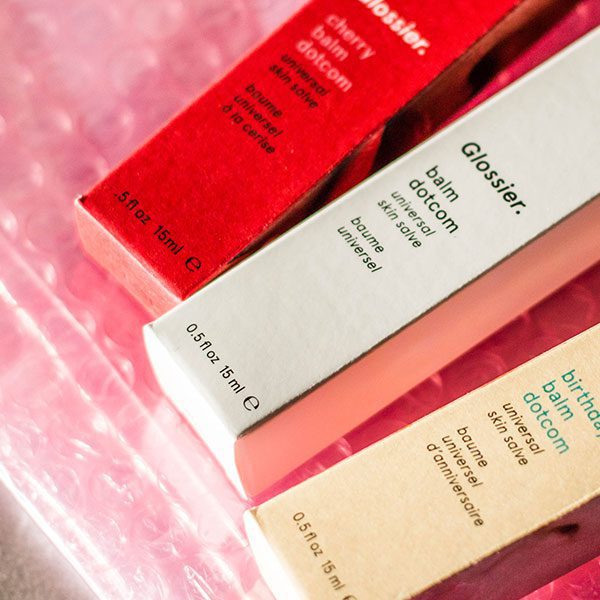Botox Migraine
Botox can be used to treat chronic migraines, relieving pain and reducing the frequency.
otox helps to reduce the number of migraines per month and lower the duration of a migraine, thus increasing a person’s quality of life.
In a migraine, a trigger will set off the sensory nerves in the brain and cause an overactive firing of pain signals. This results in nerves to be inflammation and increased nerve sensitivity. A trigger can be anything from lights, stress, hormones, foods, lack of sleep, medication, caffeine, alcohol, changes in weather, dehydration etc. Chronic migraine sufferers can experience throbbing / pulsing pain that is moderate to severe. Symptoms that accompany a chronic migraine can include nausea, vomiting, light sensitivity, and tingling or numbness in the body.
Botox is a protein also known as Ona botulism toxin A. Botox stops nerves from “talking” to their targets. For example, if a target is a muscle, it will prevent the muscle from receiving the message to contract and instead the muscle will be relaxed.

Benefits
Successful outcomes of Botox are usually noted after the second or third treatment and include:
1) a reduction of at least 50% of headache days. For example, if you typically get 15 or more headaches per month, your new number of headaches after 3 Botox treatments, may be 8 headaches or less per month. Botox will not prevent your migraines completely, and you may still need to take over the counter or prescriptive medications for breakthrough pain.
2) a decrease in pain intensity
3) a reduction in duration (length of a headache)
4) fewer days off work
5) increased quality of life
TREATMENT SNAPSHOT
- Minimal discomfort. The needles used are very fine and are injected just under the surface of the skin, making the injections feel like small pinches.
- Treatments are recommended every 12 weeks to continue reducing the frequency of migraines.
- The treatment takes around 10 -15 minutes.
- Optimal results will be seen after 2 or 3 Botox migraine treatments.
What to expect
IN-TREATMENT
Injections are given by a health care provider such as a nurse or nurse practitioner, that has received proper training in the PREEMPT protocol. Treatment time is roughly 10-15 minutes. There are 31 or more injections given in 7 specific muscles in the following areas: forehead, back of head, neck, temples, and shoulders. Treatment can be tailored to the individual, based on following where the majority of the migraine pain is usually felt.


What to expect
Post-treatment
Following treatment, please avoid strenuous exercise and remain upright for 4 hours post-treatment. There is no other downtime required and you can return to your normal activities immediately.
FAQ
Who should receive Botox migraine treatment?
Botox is an effective treatment for chronic migraines, NOT episodic migraines. In order to qualify for insurance coverage a patient MUST have at least 15 headache days per month. Typically, Botox is the last resort for chronic migraine treatment. True Balance will ask about:
- Previous neurology consults.
- Whether a CT or MRI has been done in the past
- Patients must be aware of the medications previously tried for migraine, when they were prescribed, how long they were used for and why they were stopped.
If you qualify for chronic migraine therapy with Botox you may book a free consultation and speak with one of our physicians / nurse practitioners to find out if you are eligible.
Is there side effects?
This treatment is usually well tolerated by patients; however, some people may experience temporary neck pain, muscle weakness, drooping of eyelid, swelling/bruising at the injection site. Side effects can be further discussed upon consulting with one of our physicians or Nurse practitioners.
